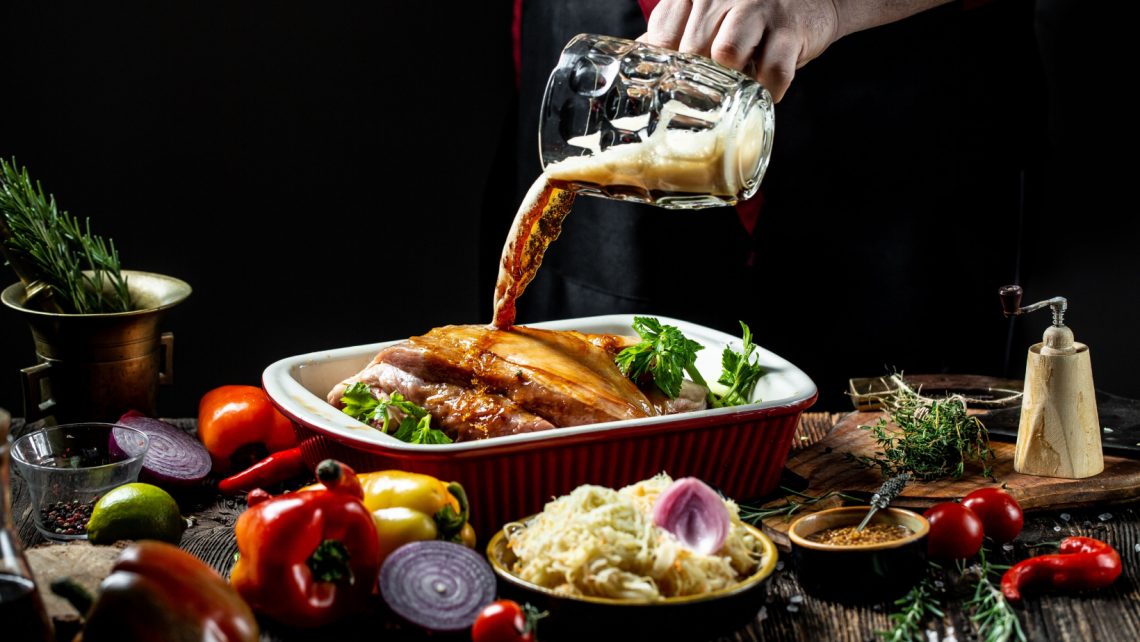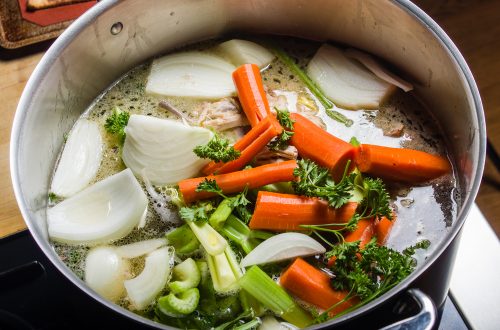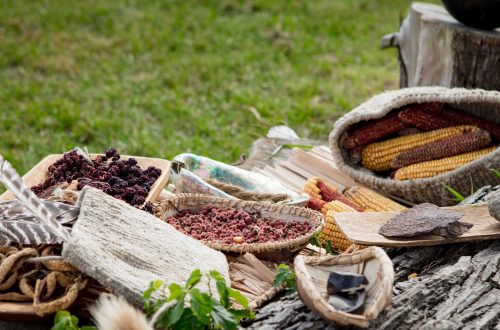
You Gotta Love Beer for Cooking
From your email, please click on the title to view the photos and comment online.
“Oh, it’s beer, beer, beer that makes you want to cheer” goes one stanza of the Quartermaster Corps song. Or maybe you’d prefer to sing “99 bottles of beer on the wall” while you’re cooking. I don’t do a lot of singing myself, but I still appreciate a good beer, and these days, the growth in craft brews continues to provide new kinds to explore. And I’m here to say that beer is not just for drinking. It’s also a versatile ingredient in recipes – maybe even more so than wine – even if you’re not a beer drinker yourself.
Choosing the right brew
Cooking meat in beer has been a practice in Europe, especially in the Netherlands and Belgium, for hundreds of years. One of the earliest recipes I made for guests in my early 20s was the Belgian carbonnade flamande, the Flemish stew in which beef is slow-cooked in a beer sauce. In the decades since, I’ve expanded my use of beer in recipes, incorporating that rich, earthy flavor into everything from chilis and other stews to marinades and sauces. Most chefs suggest that, when choosing a brew for cooking, you should simply like the beer you use in your recipes. In addition, you should think about whether the beer style you’re using will complement your recipe: what flavors taste good with each other. For example, you’d probably not want a very hoppy IPA in a delicate fish recipe. Also, don’t pair beer with dishes that include corn because the dimethyl sulfides produced from the malted grain can make the corn taste like cooked cabbage.
The great thing about cooking with beer is that It’s not just a flavor additive. Three main reasons to use beer in cooking are as a leavening agent, as a tenderizer or, of course, to add flavor. For bakers, the yeast in beer can assist in any food that requires rising to make it fluffier and lighter. The carbonation in beer helps to provide a tender mouthfeel to cakes, bread, biscuits, and pancakes, for example. The Joy of Cooking points out in its beer bread recipe that since beer and bread are related (they’re both yeast-fermented grain), beer can be substituted for water or milk in other bread recipes. (It recommends strong ales or dark stouts.)
While I’m not much of a baker, I do enjoy cooking with beer, and this time of year is the best time for doing so. Barbecuing is one of the best places to use beer in marinades and sauces. As for marinades, the acids and tannins in beer help break down the meat fibers to tenderize the meat, plus the beer can impart its own flavors.
Beer in BBQ
Barbecue fans love to use beer in marinades and mops to flavor and tenderize their meat. Your favorite beer combined with some vegetable oil, a bit of vinegar, and your favorite BBQ herbs and spices makes an excellent marinade that also is useful as a mop to keep the meat moist while roasting. I even located a side – Uncle John’s Beer and Potato Salad – that incorporates lager in the onion, vinegar, mustard, and sugar dressing.
And stews
Another ideal example is Guinness Irish beef stew. The dark beer is the perfect complement, and the slow cooking tenderizes what could be a tough chuck beef so that you end up with a rich, full-bodied meal. I like to finish it by allowing the cooked stew to rest a bit, then put it in oven-proof serving bowls, cover them with puff pastry, and bake them in the oven (which also re-warms the stew). The next time you’re cooking a leg of lamb, you might want to cook it in a nice stout beer such as Guinness.
And chili
I also always use beer when making chili, no matter whether I’m using ground beef, cubed beef chunks, some other meat, or no meat at all. The sugar and malty flavors from beer add a texture and taste nuances to the dish. I also came across a recipe for mussels cooked simply in a wok until open with some fried fermented black beans, garlic, ginger, a red chili, and a couple cups of Japanese beer – a meal ready to eat in about 15 minutes.
And tempura batter
While we don’t tend to think about it, using beer in preparing fish and vegetables produces some tasty results. Like tempura? The batter can be easily produced by combining about four cups of self-rising flour, a 12-ounce bottle of beer, a cup or so of ice-cold water, and a pinch of salt and mixing until the gluten releases. There’s your batter to coat any kind of vegetable you wish to fry in hot oil. The Brits use a similar recipe: 8 ounces of self-rising flour and a half pint of lager mixed with some salt and pepper to make a batter to coat their fish fillets for their fish and chips.
There you have it. All the more reason for beer to make you cheer. What do you think? Please click on the headline to view the blog on the website. You can log in and comment at the end of the blog to share your thoughts and start a discussion, or suggest a topic for Farmboy in the Kitchen.
If you’d like to share the blog, click on the Facebook icon or one of the others. Thanks!




